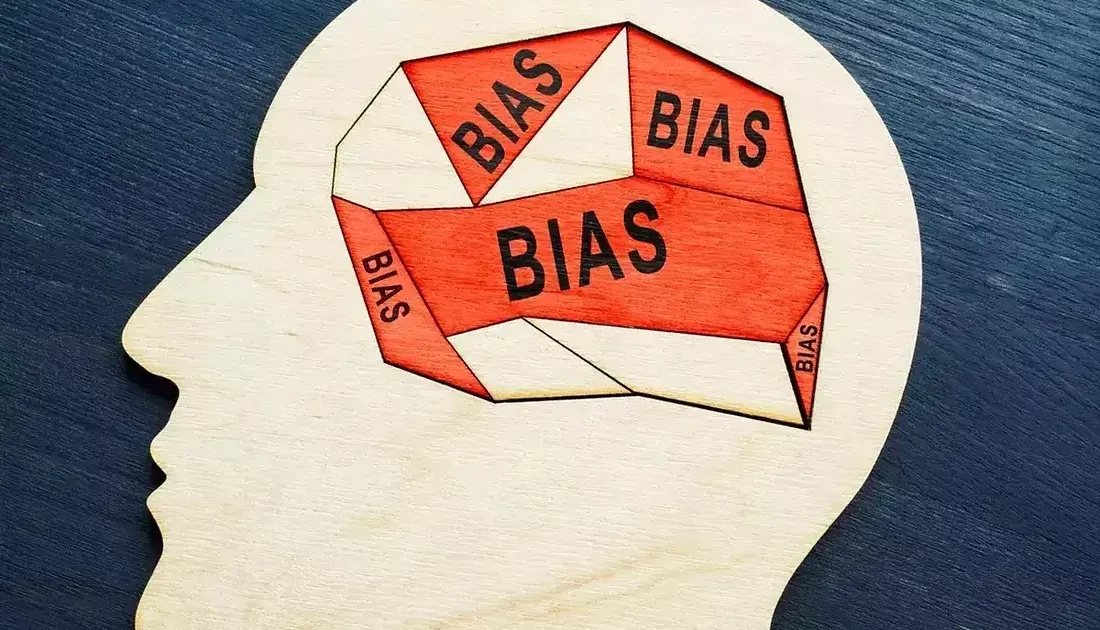
How Behavioral Biases Shape Organizational Outcomes
It’s important to understand how emotions and logic drive decisions. As professionals, whether you’re in sales, leadership, or any other role, the way you communicate and make choices can profoundly impact your organization’s trajectory. But have you ever wondered what’s driving these decisions beneath the surface?
Enter the world of behavioral economics – a domain that delves into the emotional, cognitive, and social factors that influence our choices, especially in organizational settings.
Unraveling Behavioral Biases
1. The Project Attachment Bias: This is a big one. There’s a theory called “Skunk Cost” that can apply directly to this notion. Consider a scenario where a team has invested months into a project, only to find that the market needs have shifted. Instead of changing, the team continues to pour resources into the project, driven by emotional attachment. For instance, a tech company might continue developing an outdated software feature, simply because of the time and effort already invested, even when newer technologies are available. Or you know you have a terrible relationship with someone, but you feel so vested in the time and energy spent, you’ll continue to stay.
2. The ‘Yes-Man’ Syndrome: In many organizations, there’s a tendency to agree with higher-ups, even if one believes the decision isn’t optimal. This behavior stems from the desire for social acceptance and the fear of repercussions. For example, a team member might agree to an unrealistic deadline set by a manager, fearing backlash or wanting to appear cooperative, even if they foresee potential challenges. This isn’t to be confused with being a “people pleasure”. Rather, this could be seen as more of malicious obedience driven by an underlying fear.
3. Innovation vs. Tradition: Companies often face the dilemma of innovating versus sticking to tried-and-tested methods. A classic example is the transition from physical stores to online platforms. While data might show increasing online sales, an emotional attachment to brick-and-mortar stores, coupled with a fear of the unknown, might deter a company from fully embracing e-commerce. There have been many cases of this over the years like Blockbuster Video or even Kodak who couldn’t let go of traditional film versus digital.
4. The Bonus Paradox: Imagine two scenarios – in one, employees receive a fixed yearly bonus, and in the other, they get surprise bonuses at random intervals. An employee might feel a greater sense of appreciation and motivation with unexpected rewards, even if the total bonus amount is the same. This mirrors the ‘Value Theory’ in behavioral economics, where unexpected positive changes boost happiness more than predictable ones. It’s crazy to think you can get more output from someone by giving project praise along the journey versus a huge award at the end.
Harnessing Emotions for Organizational Success
Recognizing these behavioral biases is the first step towards harnessing them for positive outcomes. By understanding the emotional undercurrents that drive decisions, organizations can foster environments that encourage rational choices while respecting the human element.
For leaders, this means creating a culture of open communication, where employees feel safe to voice dissenting opinions. For sales professionals, it’s about understanding client emotions and biases to tailor pitches effectively.
As a co-founder of The Constance Group, I’m at the forefront of revolutionizing sales and leadership strategies worldwide. Our difference? The proprietary “Sales Funnel©” methodology—an innovative approach that significantly enhances selling processes, complemented by our programs in leadership, negotiation, and sales development.
Our distinct edge lies in our personalized approach. Prior to any keynote or workshop, I personally collaborate with stakeholders and attendees to develop a tailored, impactful program. This commitment goes beyond content delivery; it’s about crafting actionable insights that participants can immediately leverage for real-world impact.
Rooted in behavioral science, our strategies offer profound insights into human behavior, empowering your team to navigate complex scenarios with positive outcomes. Our sessions are designed to be engaging and memorable, mixing potent messages with humor and narratives that not only resonate but also inspire lasting change.
Specialties: https://brianparsley.com